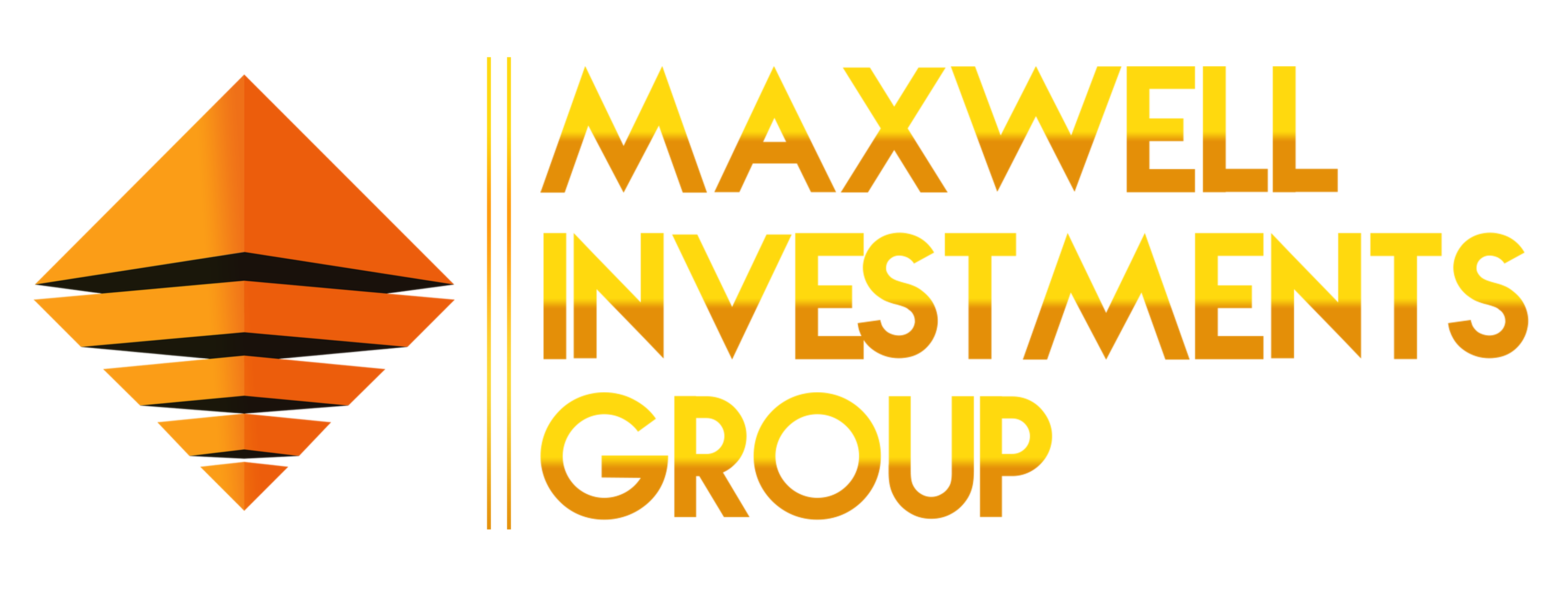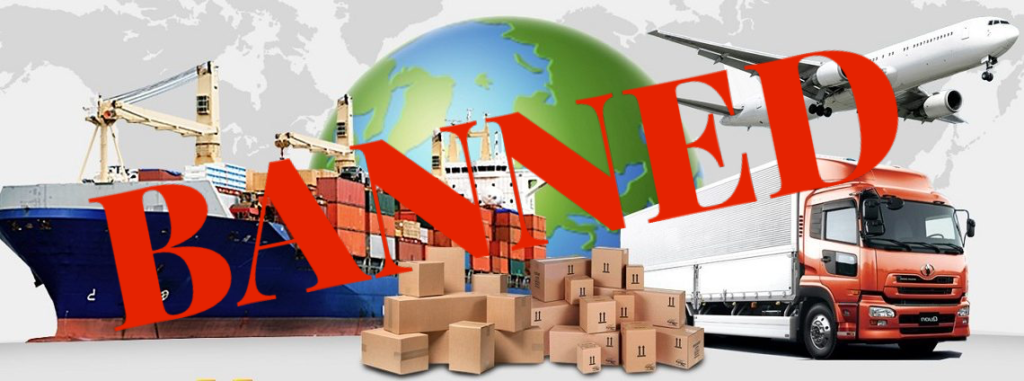International Logistics and Retail
International trade chiefly involves the activities related to the worldwide exchange of goods and services to satisfy consumer needs. The said activities include acquiring, managing, and developing financial, physical, and human resources. International Retail has a broader scope. The Wiley Online Library breaks down International Retail as the following: “International retail is the operation of retail outlets in more than one country. The internationalization of retailing activity has two dimensions: the firm (direct internationalization) and the market (indirect internationalization). The internationalization of retailing formats and operational systems is not dependent on international retail firms. Indirect internationalization occurs when domestic retailers adopt international practices. When firms engage in direct internationalization it is a market-serving activity; it is not a resource-seeking activity. International retailer activity is hosted by most global markets. Entry methods most commonly used are acquisition, organic growth, joint venture, and franchising. Since the 1980s, international retail activity has been characterized by the international expansion of firms that have retailing as their primary function. Earlier forms of international retail activity were often associated with other organizational characteristics where retailing was not the primary activity in the domestic market.” The advantages of international trade and retail Some disadvantages of international trade and retail So, what are some of the drawbacks? We know that when done efficiently and adequately, global supply chains can lower your production cost, affording you a real competitive advantage. In a World Economic Forum Article, the Executive Director of the World Food Programme (WFP) had the following to say on the effect on global food prices the war in Ukraine is having: “You know, just when you think it can’t get any worse, it does. I mean, Afghanistan, Ethiopia, a food and fuel price spike taking place. We were already hit. And I’m sure UNICEF and UNHCR the same thing. We were already hit right before Ukraine crisis with a $42 million increase in operational costs. We were already billions of dollars short for Afghanistan, Yemen, Syria, Ethiopia, the Sahel, let me just go around the world. And then when you think it can’t get worse, here comes Ukraine. And the difficulty here is Ukraine grows enough food to feed 400 million people on planet Earth. So when the farmers on the battlefields aren’t planting or aren’t harvesting, what impact do you think that’s going to have? Fifty per cent of our grain, for example, wheat, comes from Ukraine. And then when you put it in the global context of Russia and Ukraine together, not even to get into the fertiliser costs and fertiliser-based products, you’ve got a catastrophe knocking and looming on the door for the fall. That will be not a price issue but a supply issue – availability of food for people around the world. And that will be a catastrophe on top of a catastrophe.” Some statistics concurring the global market The statistics on global logistics have steadily been on the rise. We know that the numbers dropped from 6 in 2019 to 5.73 trillion euros during the onslaught of the COVID pandemic in 2020. From 2021 to 2022, the numbers rose to 5.99 (in 2021) and 6.28 (in 2022). The projections for 2023 and 2024 are 6.57 and 6.88, respectively. The graph below better and fully illustrate these numbers: The global retail logistics market is also rising and is expected to explode in the coming years. The global retail logistics market has been projected to reach a whopping 498.34 billion by 2028 alone. The numbers and realities on this have been corroborated by Research and Markets (reputably the world’s largest market research store). Pertinent information on their website states the following: “The global retail logistics market size is anticipated to reach USD 498.34 billion by 2028, registering a CAGR of 11.8% over the forecast period. The new last-mile delivery mechanisms in the retail e-commerce market coupled with the emergence of the Internet of Things (IoT) in the supply chain are expected to drive market growth. An IoT-based supply chain connects several technical devices via sensors installed on these devices and enables procuring the real-time information of numerous critical parameters such as filing rate and temperature… …Retail Logistics Market Report Highlights: Data on global segmentation of international retail and trade/e-commerce Traditionally, physical or store retail has been widely used worldwide, but increasingly, the omnichannel model, which seeks to integrate online and offline channels seamlessly, is quickly gaining ground! According to Statista, “in 2021, the global retail market generated sales of over 26 trillion U.S. dollars, with a forecast to reach over 30 trillion U.S. dollars by 2024.” Global retail sales are presently at 27.34 trillion USD. Physical retail store sales are presently at 19.86 trillion USD. And e-commerce retail sales are currently at 5.76 trillion USD, respectively. Daniella Copolla made the following estimations in February 2022: “Over the last few years, e-commerce has become an indispensable part of the global retail framework. Like many other industries, the retail landscape has undergone a substantial transformation following the advent of the internet, and thanks to the ongoing digitalization of modern life, consumers from virtually every country now profit from the perks of online transactions. As internet access and adoption are rapidly increasing worldwide, the number of digital buyers keeps climbing every year. In 2020, over two billion people purchased goods or services online, and during the same year, e-retail sales surpassed 4.2 trillion U.S. dollars worldwide.” International Logistics and Retail have the solid potential for skyrocketing businesses that successfully incorporate the sector’s practices into their operations successfully and optimally. With this information provided above, we can confidently state that it is a growing market, despite the more recent global upheavals! ♕ —- ♕ —- ♕ —- ♕ —- ♕ References Wiley online library (https://onlinelibrary.wiley.com/doi/abs/10.1002/9781118785317.weom090144) How the Ukraine war is driving up food and energy prices for the world (https://www.weforum.org/agenda/2022/03/ukraine-energy-and-food-radio-davos/) Statista (https://www.statista.com/statistics/943517/logistics-industry-global-cagr/) Research and Markets (https://www.researchandmarkets.com/reports/5390555/global-retail-logistics-market-size-share-and) Statista (https://www.statista.com/topics/5922/retail-market-worldwide/#dossierKeyfigures) Statista (https://www.statista.com/topics/5922/retail-market-worldwide/#dossierKeyfigures) Copolla, Feb 23, 2022, Statista (https://www.statista.com/topics/871/online-shopping/#dossierKeyfigures) ♕ —- ♕ —- ♕ —- ♕ —- ♕ I hope you found this article insightful and enjoyable. Subscribe to the ‘Entrepreneur In You’ newsletter here: https://lnkd.in/d-hgCVPy. I wish you a highly productive and successful week ahead! ♕ —- ♕ —- ♕ —- ♕ —- ♕ Disclaimer: The views, thoughts, and
International Logistics and Retail Read More »




